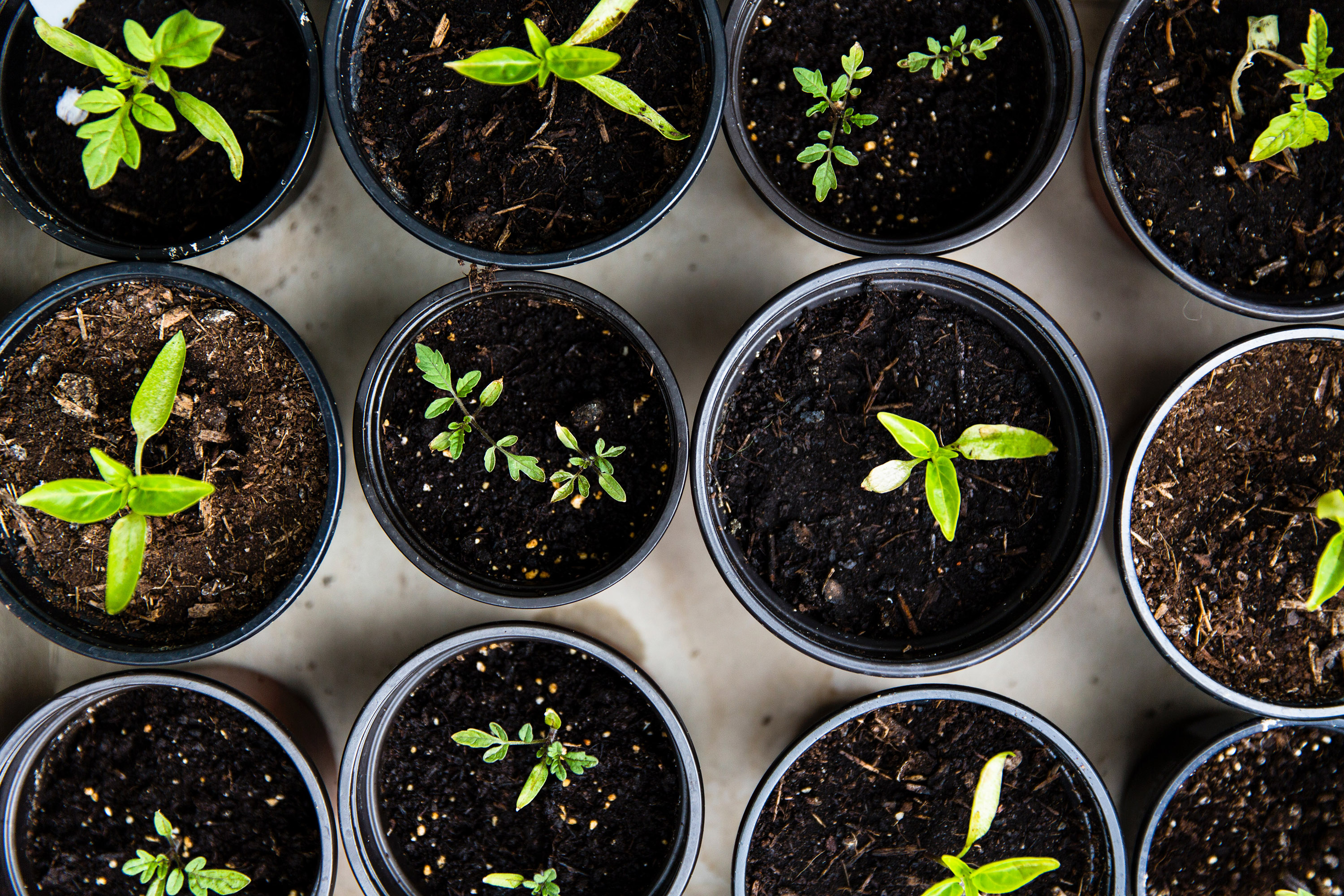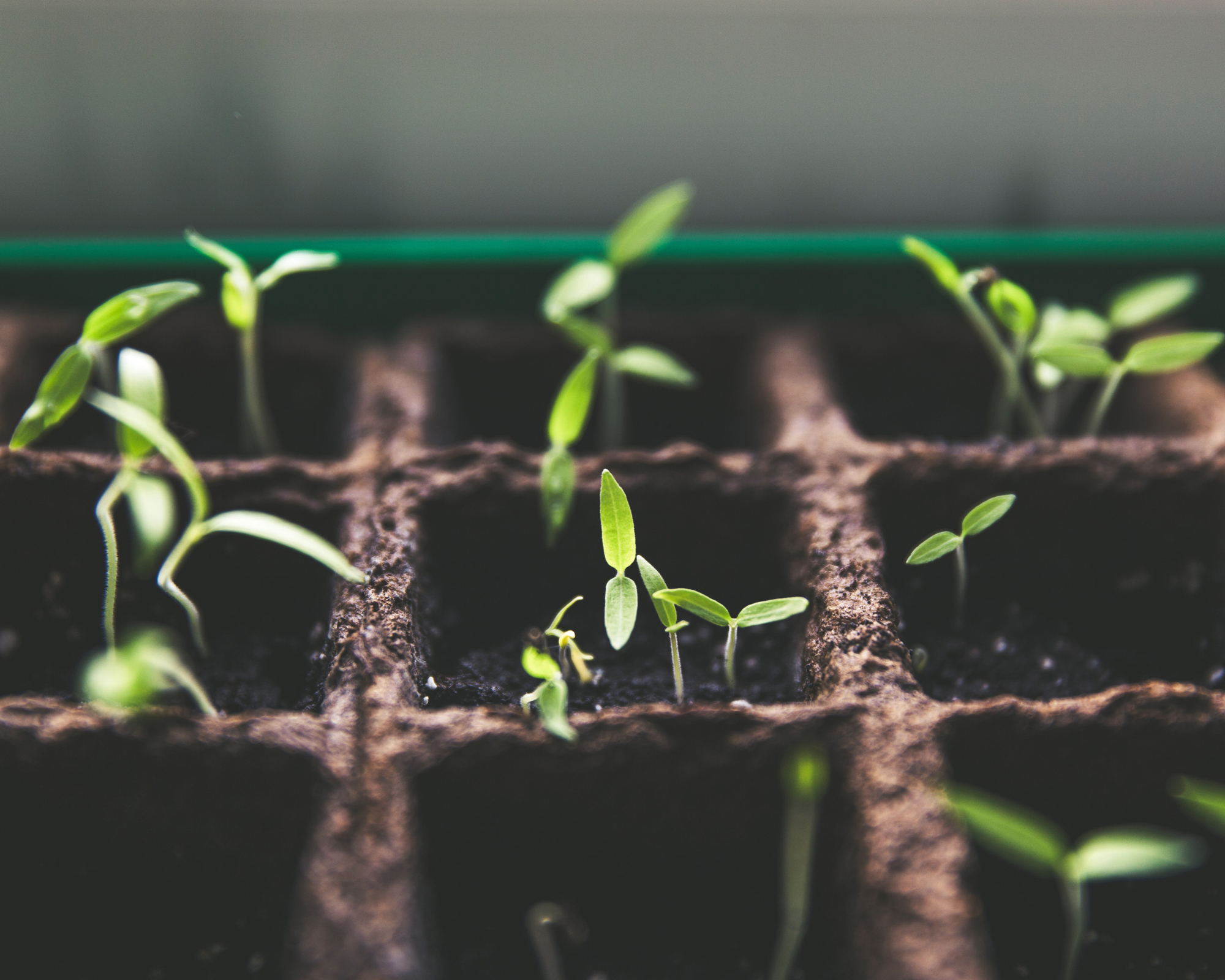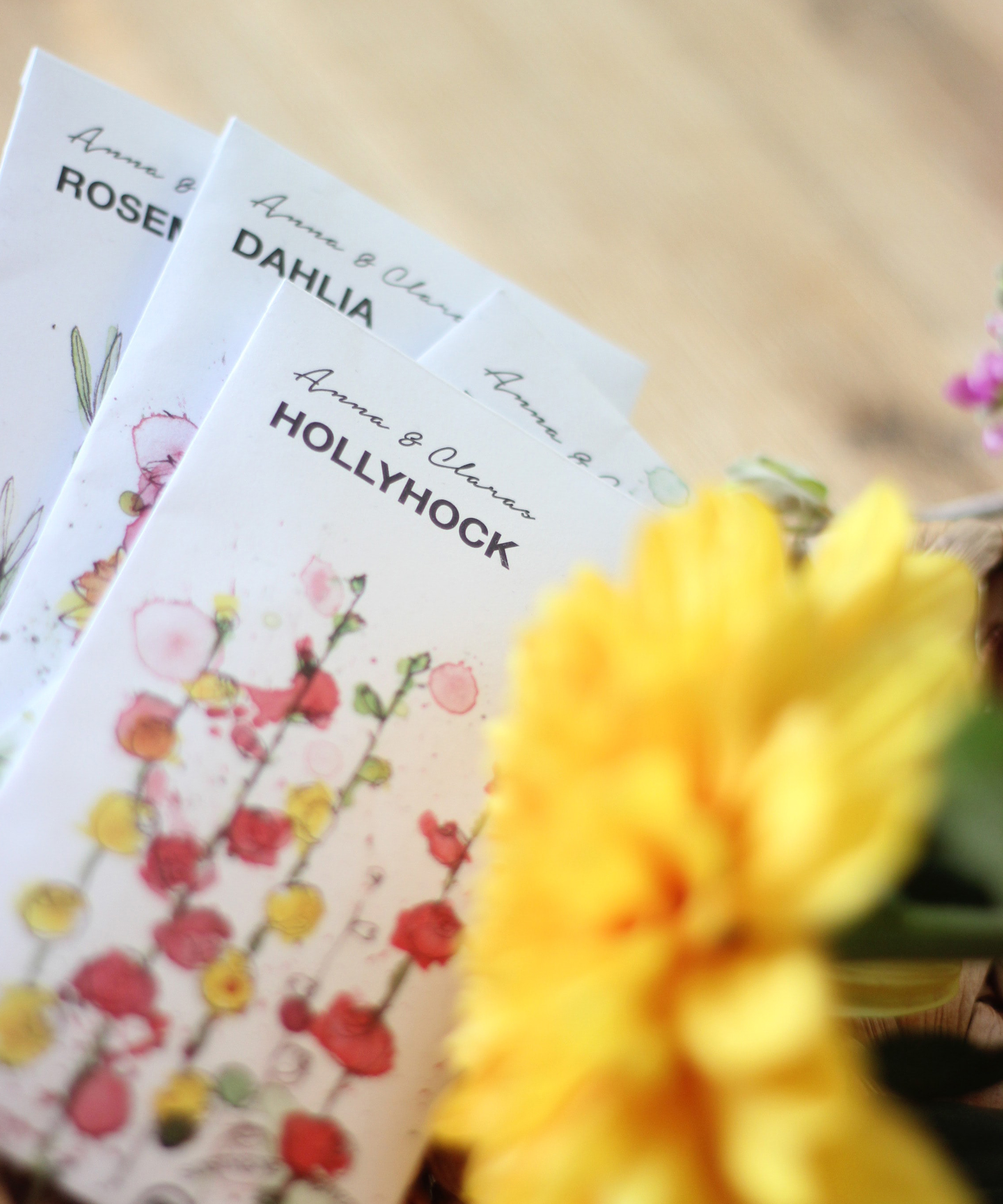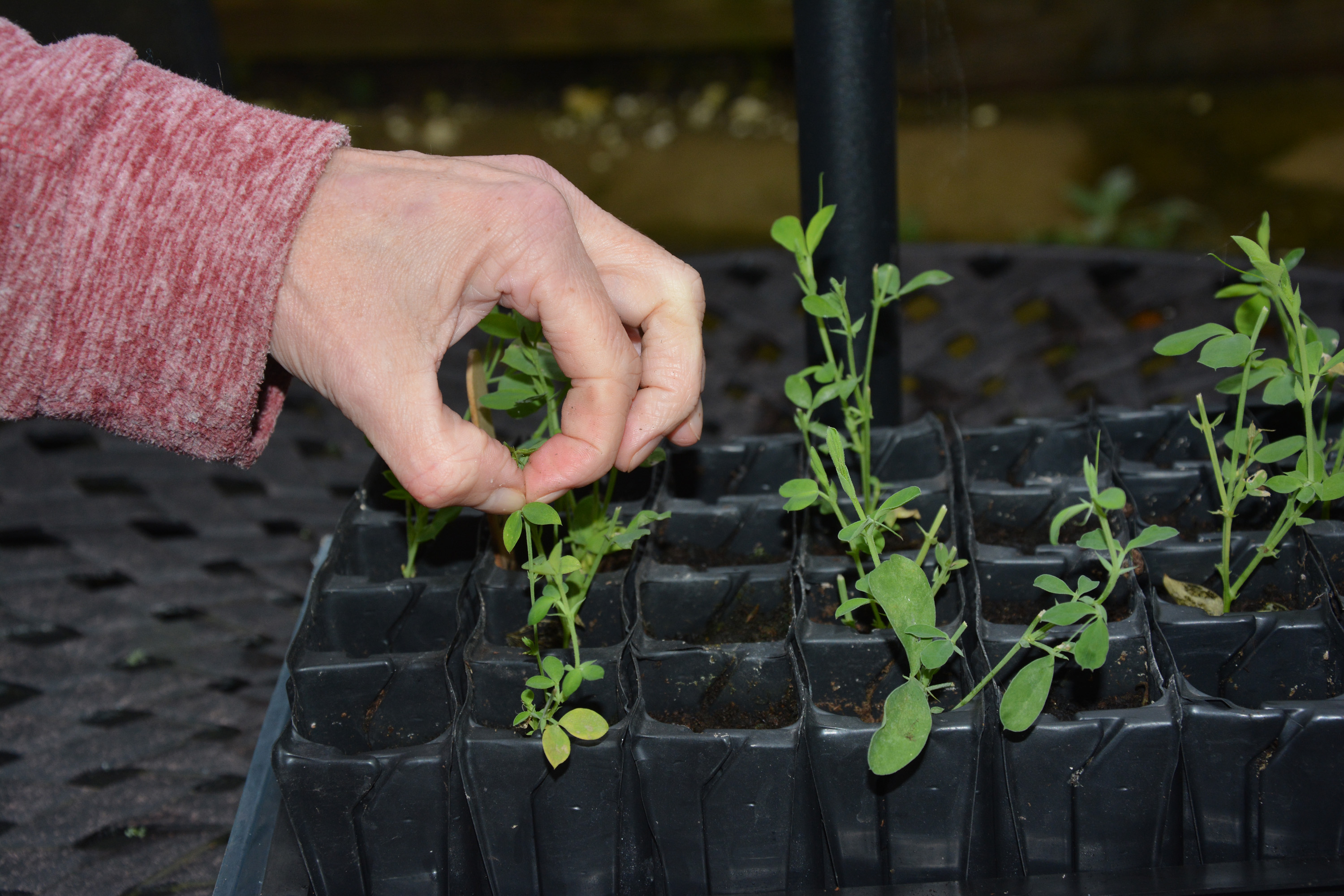These are the five most common seed starting mistakes – and how to avoid them
If your plant seeds aren't germinating, make sure you're not making one of these common mistakes

If your plant seeds aren't germinating, you could be making a common seed starting mistake – or two. Whether you're learning how to grow flowers from seeds or you're into growing vegetables in pots, the success of starting your seeds is everything. Growing plants from seeds is mostly an easy process, but there are a few things to bear in mind to get it right.
1. You are planting them too deep

This is by far the most common mistake people make when planting seeds, as pointed out by gardening experts at MIgardener. If you plant them too deep, then the most likely outcome is that the seed will not have enough energy to push the seedling out and will rot. How deep is too deep? About a fingernail is the maximum depth for most seeds.
2. Your seeds are too old

This may seem like a non-issue: after all, seeds can keep for decades or even centuries, otherwise, we wouldn't have seed banks. And yet, plant seeds do lose their viability over time, particularly if you're storing them in ordinary, room-temperature conditions.
Some plant seeds 'grow old' quicker than others – for example, onion seeds lose 25 per cent of their viability every year, so if you have onion seeds that are over four years old, it's highly unlikely anything will germinate. So, buy only the seeds you need and sow them that year for best results.
3. Inadequate soil moisture levels
Underwatering or overwatering your seed trays is another common reason why they won't germinate. What you're looking for is soil that is kept consistently moist but isn't soggy or dripping wet.
However, seeds need moisture to germinate, so don't keep the soil dry. If you're not sure whether you're watering correctly, try gently squeezing the seedling tray: you shouldn't get any water coming out, but the soil should feel moist to your finger.
4. Incorrect soil temperature

Do your seeds require warm or cool soil? Summer-fruiting crops like tomatoes, peppers, and lettuce all need soil that's over 70°F, so if you're growing them in a climate where the soil is cooler than that in winter you'll have to start them indoors. Cool season vegetables like carrots, beets, and radishes, on the other hand, prefer a soil temperature of somewhere between 50°F and 70°F, so you can start them off in a cool greenhouse or outside in early spring or fall.
Read more: Want to grow your own in 2021? Here's what to grow in a greenhouse each month
5. It's just too early to tell
If you've only just planted your seeds and are doing everything right, don't worry about them too much until the recommended germination period has passed. If the plant you're growing has a three-week germination period, then there's no point thinking that germination has failed only a week in. Keep watering and you should see results soon enough.
Anna writes about interior design and gardening. Her work has appeared in Homes & Gardens, Livingetc, and many other publications. She is an experienced outdoor and indoor gardener and has a passion for growing roses and Japanese maples in her outside space.
